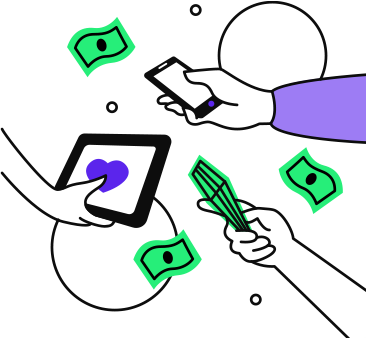Recent news stories in the smartphone world confirmed that Apple will no longer sell iPhone and iPad devices with a pre-installed YouTube app. While this might come as a surprise to many users, others are actually particularly happy for this agreement to have ended.
Although neither of the two technological giants –Apple or Google—discloses much of the detailed information about the circumstances of the YouTube app’s departure/disappearance, the Internet audience sparks conversations on whether this could be a win-win situation for both.
No YouTube in iOS: What Happened?
Five years ago, when the agreement between the two companies was signed, for Apple, it meant an ultimate promotion of their product, as the iOS YouTube app would come advertising free. With this, however, Apple became responsible for the development of the YouTube app, which, as a result, the YouTube experience on Apple’s devices has been somewhat different and even limited. Some vloggers on YouTube, knowing that they cannot collect revenue from advertising, have even chosen not to allow their video content on Apple products.
Google’s Take on Apple’s YouTube Dismissal
Although it’s been positive for Google to have YouTube embedded with Apple devices for extra branding exposure, Google’s services don’t really need Apple for promotion; it is a self-advertising, sustainable worldwide phenomenon. Now that the deal has finally expired, it will not only open doors for Google to monetize millions of smartphone users but also improve the YouTube app that will now be available to download for Apple users.
Unlike a million pointless apps that may dissolve into nothingness in the Apple store, YouTube is widely popular, and fans will seek it even if Apple doesn’t sell laptops, iPhones, or iPad gadgets pre-loaded with it.
Bottom Line
As for Apple, this might be just another opportunity to introduce its own streaming app, which is an obvious response to rising competitive pressures between the two media giants; this already has been spotted as a trend with Apple’s introduction of Siri, a search-by-voice feature, and Apple Maps.










